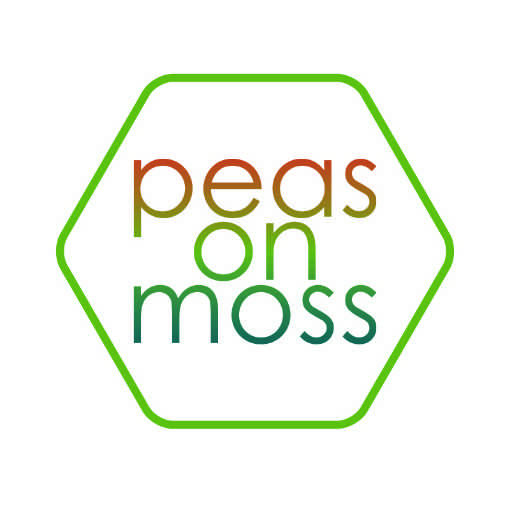 My good friend, author of Openly Balanced, and sustainable community activist Jess Lundie wrote a beautiful blog about discovering the different flavors and qualities of honey. She described a certain honey she discovered at her farmers market as being “made of three sounds at once.” I don’t know about sounds, but my taste buds jump for joy when I sample fine honey made locally and from local bee farmers. Thinking of her first experience with “live” honey makes me miss the honey we purchased in Pueblo, CO, from Dennis Shearer, who worked very hard to get his product to be sold at the Vitamin Cottage. I had interviewed him for That’s Natural. It was so popular that he/the store sold out almost all the time, and we had to wait until his next batches were centrifuged and ready to be sold!
My good friend, author of Openly Balanced, and sustainable community activist Jess Lundie wrote a beautiful blog about discovering the different flavors and qualities of honey. She described a certain honey she discovered at her farmers market as being “made of three sounds at once.” I don’t know about sounds, but my taste buds jump for joy when I sample fine honey made locally and from local bee farmers. Thinking of her first experience with “live” honey makes me miss the honey we purchased in Pueblo, CO, from Dennis Shearer, who worked very hard to get his product to be sold at the Vitamin Cottage. I had interviewed him for That’s Natural. It was so popular that he/the store sold out almost all the time, and we had to wait until his next batches were centrifuged and ready to be sold! Honey is so wonderful, and depending on what the bees “ate,” your honey will take on more flowery or more caramely notes. Benefits of honey include immune suppression (in the sense of a histamine reaction to airborne irritants like pollen) and provision nutritive values beyond what table sugar can offer (think some B vitamins and minerals). The only thing we still have to remember is that honey is a sweetener and provides calories (1 tbsp honey provides 64 calories, and 1 tbsp sugar provides 45 calories). The catch with using honey as a natural allergy treatment is that the honey must be grown within about 50 miles of your residence, because the bees use the pollen from plants to which you are reacting. If the bees are making honey in Texas, then your allergies in Texas might be better, but they won’t be helped if you live in Washington!
If you warm honey slightly by dipping the honey bottle in a bowl of warm water, the crystal honey in the bear’s ears (if you have a honey bear) will eventually melt into the rest of the honey. Honey is so viscous and has such low water content that bacteria don’t thrive in it. That said, nutritionists don’t recommend giving children under the age of 1 any honey due to a risk of botulism toxin.
When we celebrated our third anniversary, Josh and I purchased a honey pot from a local artists co-op in Mantiou Springs. We store our honey in it, and it prevents us from having the sticky issue of honey wedged into corners yet unreachable. We don’t eat it every day — I have purchased bee pollen to help with allergies instead — but when we do, oh, it’s so “three sounds.”
Throat Coat Drink
1 tablespoon local honey
1 teaspoon lemon juice (fresh is best)
3/4 to 1 cup really warm water
Bring 1 cup of water to a boil and then remove from heat. Pour your honey and lemon juice into a coffee or tea mug. Top with hot water. Sip whenever you have a sore throat. The drink works best when it is very warm, because the heat helps to break up the mucus, and the warm water will rehydrate you.
Ricotta Cheese and Honey Snack Bruschetta
6 slices baguette (I like Wheatless in Seattle’s GF baguette)
1/2 cup part-skim Ricotta cheese
2 tablespoons local honey, light or dark
Lightly toast the baguette slices under a broiler, about 1 minute for each side. Arrange on serving plate. Top with ricotta cheese and drizzle with honey. Enjoy the slightly sweet and creamy snack that easily satisfies a craving for creamy, sweet desserts.
Sources:
Image credit:

I love your honey post. So informative. I am experiencing new allergies in AR as it's my first year here. I will look into bee pollen and local honey. I had heard that awhile ago, but completely forgot about it.